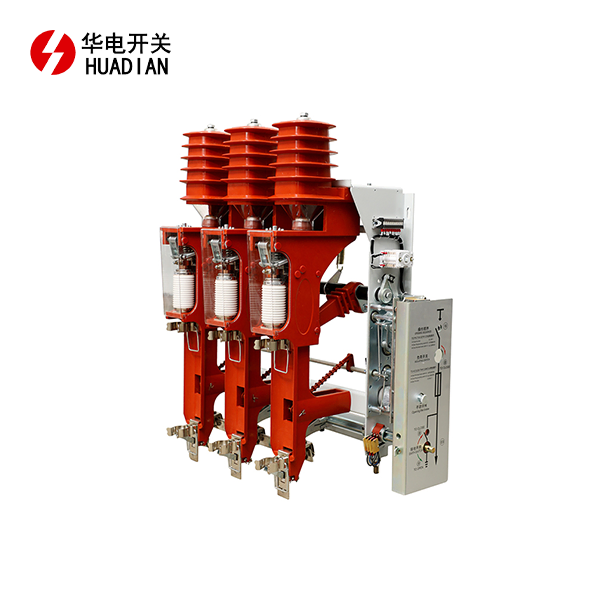
How to distinguish the difference between load switch and isolating switch?
2025-08-11 14:32:13
Load switches and disconnectors are two common types of switchgear in power systems. They differ significantly in their functions, application scenarios, and safety requirements. The following is a detailed comparison of their main differences:

1. Different Functions
Load Switch
Capable of interrupting load current: Can normally connect or disconnect a circuit (operated under load) at rated current, but cannot interrupt short-circuit current.
Limited protection: Usually used in conjunction with a fuse, which provides short-circuit protection.
Arc-extinguishing capability: Equipped with a simple arc-extinguishing device (such as a compressed air or gas-generating type) to extinguish arcs generated during operation.
Isolating Switch
For electrical isolation only: Cannot interrupt load current or short-circuit current, and can only open and close circuits when no current or very low current (such as capacitive current) is present.
No arc-extinguishing capability: Lacks a dedicated arc-extinguishing device, requiring the circuit to be disconnected by a circuit breaker or load switch before operation.
Visible disconnect point: Provides a clear physical disconnect point to isolate the power supply and ensure safety during maintenance.
2. Application Scenarios
Load Switches
Used in low-voltage or medium-voltage distribution systems (such as 10kV distribution lines) that require frequent operation.
Commonly used for switching loads such as transformers, capacitor banks, and motors.
Often combined with fuses to form a "load switch-fuse combination" (such as an F-C circuit).
Isolating Switches
Used to isolate the power supply during maintenance, creating a clear disconnect point (such as isolating substation busbars and line maintenance).
Usually used in conjunction with a circuit breaker: after the circuit breaker interrupts the current, the isolating switch is used to isolate the circuit.
3. Structural Differences
Load switches
The structure is between circuit breakers and disconnectors, with the contact system designed to handle both opening and closing of load currents.
They may have a simple arc extinguishing chamber or gas-generating materials.
Disconnectors
They have a simple structure with visible contacts, emphasizing mechanical stability and visible disconnection.
The contacts are spaced farther apart to ensure reliable electrical isolation.
4. Operational Safety Requirements
Load Switches
Operation with load is permitted, but direct opening of the switch in the event of a short-circuit fault is strictly prohibited (protection by a circuit breaker or fuse is required).
Isolating Switches
Operation with load is strictly prohibited! Doing so may cause severe arcing, resulting in equipment damage or personal injury.
The operating sequence must strictly follow: "Open the circuit breaker first, then the isolating switch; close the isolating switch first, then the circuit breaker."
5. Typical Examples
Load switches: such as the FN12-12 (indoor high-voltage) and SF6 load switches.
Disconnectors: such as the GN19-10 (indoor) and the GW4 (outdoor double-column).
Summary
| Characteristics | Load switch | Disconnector |
|---|---|---|
| Current interruption capability | Can interrupt rated load current |
Can only interrupt extremely low currents (such as capacitive currents) |
| Short-circuit protection | Requires use with a fuse/circuit breaker |
No protective features |
| Arc extinguishing device | Equipped with a simple arc extinguishing mechanism |
No arc extinguishing device |
| Operational risk | Can operate under load |
No load operation |
| Main application | Load switching | Maintenance isolation and disconnection points |
In actual systems, the two are often used in conjunction, for example: the circuit breaker is responsible for protection, the load switch is responsible for normal switching, and the isolating switch is responsible for maintenance and isolation.
If you need further advice or assistance, you can contact us in the following ways:
📞 : +8618789455087
📧: pannie@hdswitchgear.com
YOU MAY LIKE



